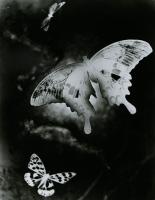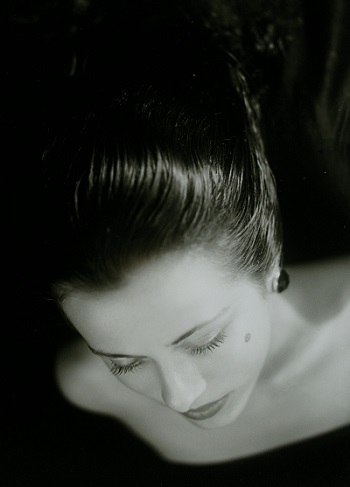NAKAYAMA IWATA
Reconstructing a Master Heritage
Dec. 13, 2008—Feb. 8, 2009
- Dec. 13, 2008—Feb. 8, 2009
- Closed Monday(if Monday is a national holiday or a substitute holiday, it is the next day),from December 29,2008 to January 1,2009
- Admission:Adults ¥700/College Students ¥600/High School and Junior High School Students,Over 65 ¥500
NAKAYAMA Iwata (1895-1949) was an important photographer who helped introduce modernism to photography in Japan. In 1918, he graduated in the first class of what was then the provisional photography program at Tokyo Art University (now Tokyo University of the Arts), then traveled to America as an overseas trainee for the Ministry of Agricultural and Commerce. Aft er opening a photography studio in New York in 1921, he later moved to Paris, where he worked as a photographer for Femina magazine and interacted with avant-garde artists, including Foujita Tsuguharu and Man Ray, with whom he formed close ties. In 1927 he returned to Japan, where, in 1930, he, Hanaya Kanbee and other photographers formed the highly influential Ashiya Camera Club. In 1932, Nojima Yasuzo, and Kimura Ihee launched Koga, a photography magazine that spearheaded the richly modernist New Photography (Shinko Shashin) movement in Japan.
This exhibition includes, in addition to original prints produced by Iwata himself, silver halide prints made from the group of surviving glass plate negatives that have been discovered through research conducted mainly by the Iwata Nakayama Foundation and the Ashiya City Museum of Art and History. 41 large prints were produced from the original glass plates, primarily from Iwata’s New York period through the last years of his life. They are exhibited with the glass plate negatives and other materials to illustrate the production process. The approximately 130 items included in the exhibition also include examples of Koga and other photography magazines from Iwata’s lifetime and related materials. The newly produced prints not only dynamically reproduce Iwata’s gorgeous photographs but also have a special significance today, when the silver halide photograph is itself at risk of extinction. This exhibition presents one answer to the question of how to transmit the photographic images captured on the original plates, a vital part of our cultural heritage, to generations to come.
 |
 |
Woman from Shanghai, ca. 1936
Butterfly (1), 1941



![チラシ1[pdf]](http://topmuseum.jp/upload/4/318/thums/2008_010_nakayama.png)
![出品作品リスト1[pdf]](http://topmuseum.jp/upload/4/318/thums/nakayama.png)